Of Unique Museums & Amazing Water Puppetry Shows In Vietnam
Vietnam has more than 52 museums and some unique traditions like water puppetry shows. Here’s an informative glimpse.
Vietnam extends 1,500 kilometres north-south, with 54 ethnic groups comprising eight major language groups. The Viet/Kinh (Southern people) inhabiting major deltas and cities account for 87 per cent of them. The rest inhabit mountainous areas in the north, near the Chinese border. There are many differences in language, physical properties and traditional clothes. Despite their long wars both internal (North-South) and with US, I found cordiality in their relations. This fact is essential to bear in mind, during visits, specially their museums.
Vietnam has over 52 museums depicting various facets of their life. Four are most visited, of which three are covered here. All exhibits are labelled in Vietnamese, French and English. When, as a single male senior traveller on a customised tour, I asked the travel agent to arrange a visit to the Women’s Museum and Ethnic Museum in Hanoi and the War Remnants Museum in Ho Chi Min City, her eyebrows shot up. According to her, most Indian visitors tend to skip museums!
I am glad I didn’t, as I found that ladies were at the forefront everywhere in Vietnam (erstwhile North or South)! Despite their state being as patriarchal as most of India, women are respected and recognized as being the backbone to their resilience. During their two major wars and now in peace in every walk of life, as paddy field workers, academics and as boat women both in motorised and paddle boats, they literally ‘drive’ the state.
Vietnamese Women’s Museum, Hanoi
Open all days: 8 to 5
Need a minimum of 90 minutes to 2 hours to see
Entry Fee: 30000 Vietnamese Dong (VND) or Rs 84
25,000 objects and more than 1,000 artifacts
This excellent, modern museum in four floors, run by The Women’s Union of Vietnam (recognised as one of its most powerful movements) is a tribute to the women of Vietnam across the ages. It showcases the outstanding creative and political contributions Vietnamese women have made to their society and culture. Displays are in three sections in 2nd to 4th floors (with lift) – Women in Family, (First Floor, called Level 2), Women in History (Second) and Women’s Fashion (Third): all very well presented in a narrative format with signs in Vietnamese, English and French. The museum’s Women in Family section has a profusion of cultural dresses, textiles and jewellery from the 54 ethnic minorities of the country, Daily life, coming of age, births and marriages are covered in panels. Meanings of spiritual motifs sewn into baby carriers intrigued me as did learning one tribe saves the family’s umbilical cords. The museum also showcases a Women in History section. A wooden tray used by a female leader of the Indochina Communist Party to print propaganda leaflets from 1936-1939 is of special interest. Propaganda posters, letters, photographs and film footage and artifacts depict the harrowing accounts of heroic mothers’ during wartime efforts and contributions during the two resistance wars are also part of the museum.
The museum’s Women’s Fashion section has earrings of ethnic Mong women and bracelets of Cotu women are an attraction. Jewellery of various types and skillfully crafted clothing, including batik and woven garments are worth a dekko.
War Remnants Museum (Wikimedia Commons)
War Remnants Museum in Saigon (Ho-Chi-Minh City)
Open : All days: 7.30 AM to 12 PM and 1.30 PM to 5 PM
Entry Fee: 15,000 VND (Vietnamese Dong) or Rs 42
Will need minimum 3 hours to walk through and read
The Govt-run War Remnants Museum has equipment and exhibits relating to their wars in themed rooms portraying a grisly testament to the horrors of war. It takes many hours to just walk through and cursorily glance at the photos of the atrocities heaped by the US on Vietnam. It would interest students of humanity and military history and is definitely worth a visit by everyone. While some might say ‘government-sanctioned one sided Vietnamese interpretation,’ others like me appreciate the different point of view on the conflict and find it ‘balanced’. US army extensively sprayed more than 40 million litres of Agent Orange in 6,542 missions containing TCDD (Tetrachlorodibenzodioxin) and napalm over forested areas in South Vietnam between 1962 and 1971 to remove forest cover and destroy militia-crops to expose/enfeeble them. But it caused untold health hazards like disability/cancer, birth defects and many more to a million people over three generations till now. Those and pictures of the sewer Mr Vat had made in his home in Thong Phong Village, to hide his three grandchildren and where US Navy Seals butchered two children aged 10 and 8 and disembowelled the third, will horrify you. 40 years later, his brave daughter gifted the sewer to display in the Museum. Nine-year-old Kim Phuc’s picture running naked after an aerial US napalm attack will surely bring tears to your eyes, as it did to mine, a veteran with 35 years in the army and two wars behind me. Captain Heck, an American B-52 pilot who refused to continue flying bombing missions over North Vietnamese targets during the Christmas bombings of 1972, thus becoming the first to highlight the raids’ moral issues is worthy of special mention.
Vietnam Museum Of Ethnology, Hanoi
Open : 8.30am-5.30pm Tue-Sun
Entry Fee 40,000 VND = Rs 112
Located on a 43,799-square-metre (10.823-acre), it is the most recent, the largest and arguably the most interesting museum. Its mission is to implement scientific research, collection, storage, exhibition, performance and educational activities in order to contribute to the safeguarding of cultural diversity of Vietnam’s 54 officially recognised ethnic groups. Located 8 KM from the city-centre, it is well worth a visit, to learn about the multiculturalism of Vietnam.
With both indoor and outdoor sections, the museum’s indoor exhibition in two floors is very informative. The lower level is on Viet (meaning ‘Southern people’) and the upper contains garments, utensils, martial instruments etc. Mr Pham Dang Uy’s bicycle, loaded with 800 wooden and bamboo fish traps and a 1956-built Cham buffalo cart from Ninh Thuan province to pull two tonnes worth of goods, will simply awe you. A wall of the museum shows windows from a Black Thai stilt house in Son La province, recreated from sketches of half a century ago.
Water Puppetry Show
Photograph: Wikimedia Commons
Water Puppetry: A Unique Concept
Most of us would know about four types of puppetry: Shadow Puppetry; Rod Puppetry; Glove Puppetry and String Puppetry. It was on my Vietnam trip that I saw Water Puppetry and enjoyed it more than once (once in the city and again at the Ethnic Museum) for the sheer visual treat it was. It originated in the Red River Delta area of northern Vietnam in the 11th century. When the rice fields flooded, villagers used this as symbolic entertainment of the harvest. Skits staged are from Vietnamese folklore of living in rural Vietnam and folk tales passed down over generations. Most skits include humour.
Puppets made from wood and lacquer weigh up to 15 Kg each. The arena is usually a waist-deep square pool, with the water surface acting as the stage. Eight or so puppeteers stand behind a split-bamboo screen, decorated to resemble a temple facade, and control the puppets using long bamboo rods and string mechanism hidden beneath the water surface, thus hiding the puppet strings and puppeteers’ movements. Water adds to the musical and vocal acoustics and provides light effect. Puppets enter from either side of the stage or emerge from the deep turbid water. Spotlights and colorful flags give it a festive look.
Traditional Vietnamese orchestra on both sides of the stage provides background music with vocals, drums, wooden bells, cymbals, horns, monochord, gongs, and bamboo flutes. Bamboo flute’s notes announce royalty; a fire-breathing dragon entrers with loud drums, cymbals and fireworks which adds to the fun. Singers of chèo (a satirical musical with dance), are sung by peasants in northVietnam, which narrate the story shown by the puppets. A warning to a puppet in danger or a word of encouragement to a puppet from them adds to the humour!
Comments

Anonymous
30 Jun, 2018
Really liked it.Having been to vietnam,I had missed a visit to this museum. Shall plan to visit again sometimes end of the year. Ram

Mn Shankar
29 Jun, 2018
The write up will surely help first timers to plan a visit the ones seen by the Brig as this will give information on the people and their difficulty they faced the Americans due to the multiple weapons and poisonous gases to fight a war /ruin the land .

Silver Talkies
21 Feb, 2013
Thank you for your appreciation.
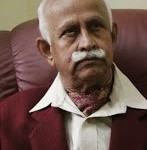
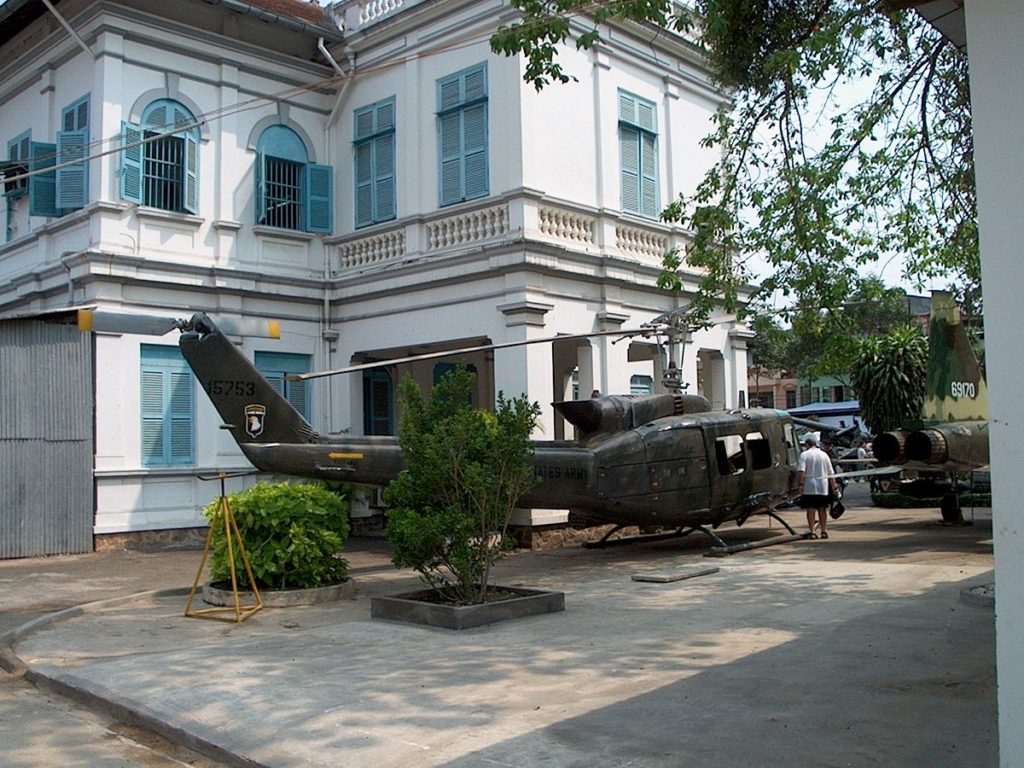
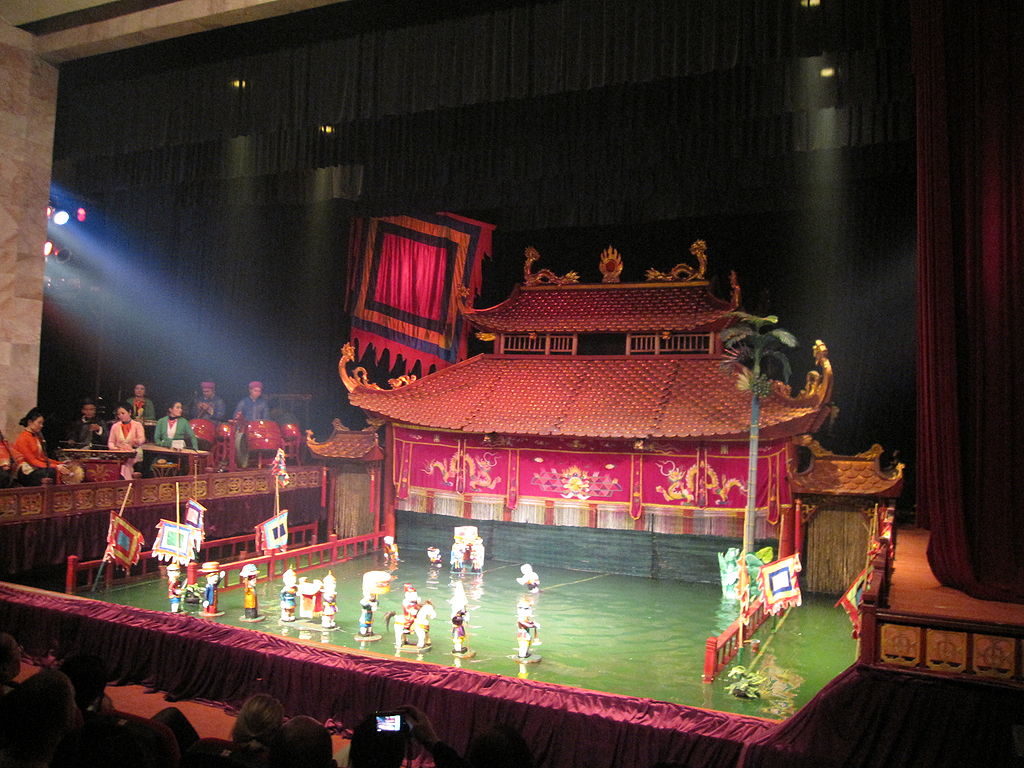

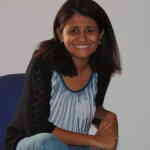
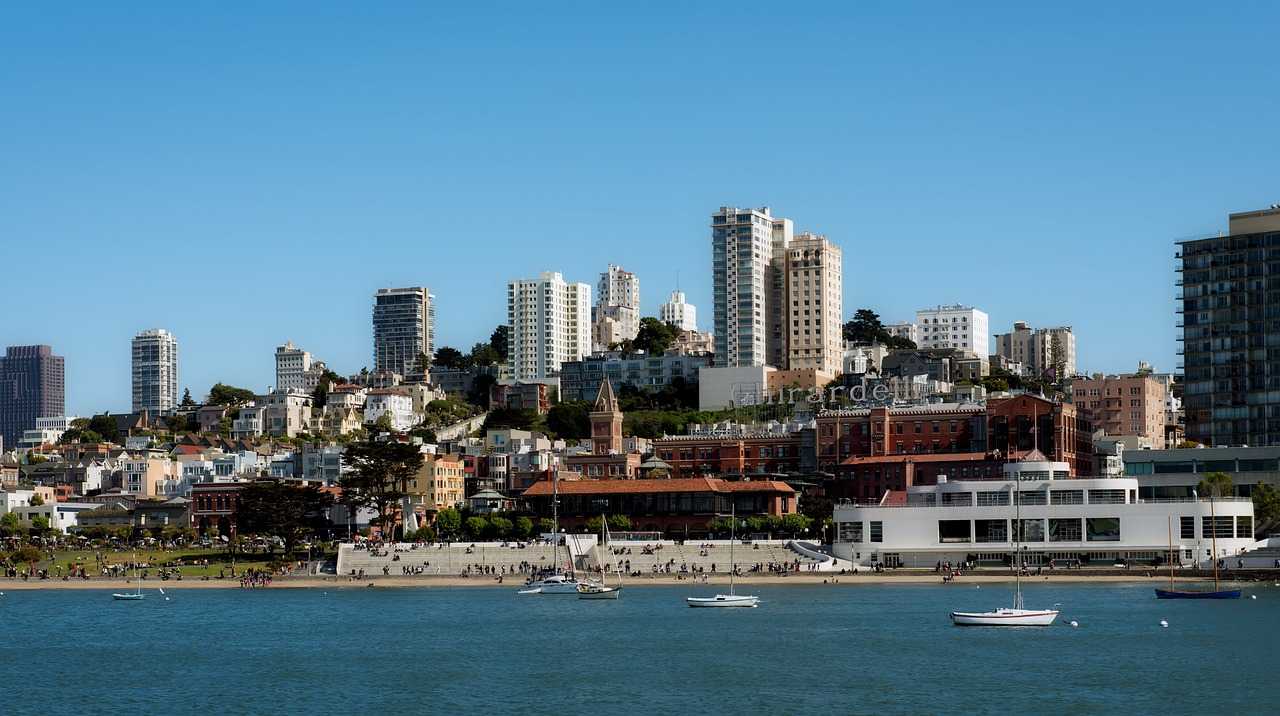
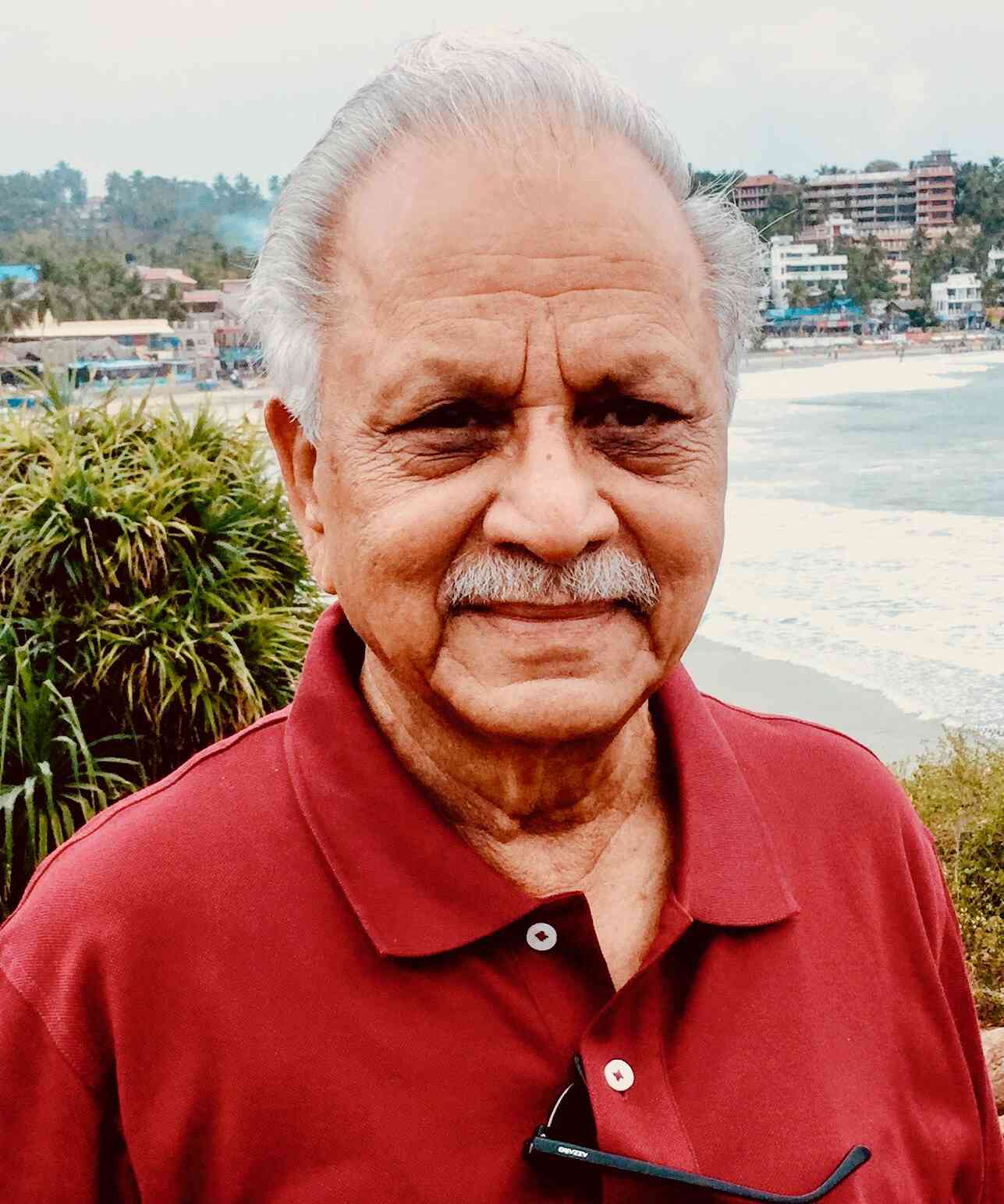

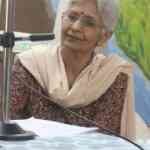
Post a comment